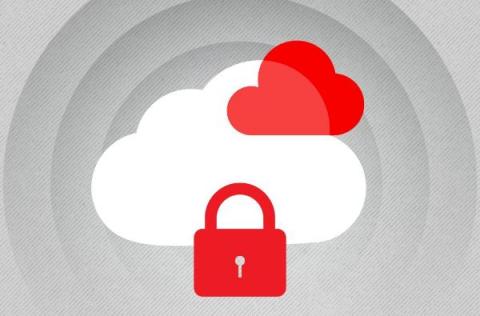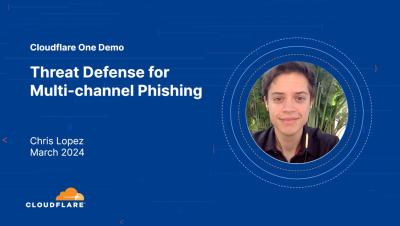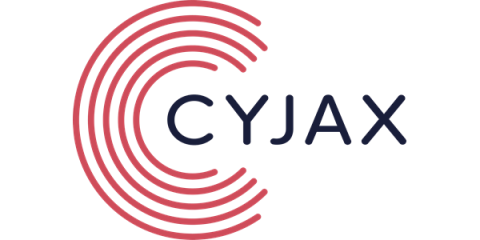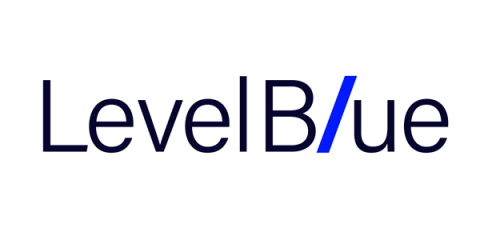Our 6 Key Takeaways from the 2024 Gartner Market Guide for Cloud-Native Application Protection Platforms
As modern cyberattacks increasingly target cloud environments, it is imperative organizations have the technology they need to detect and stop them. The attack surface of cloud-native applications and infrastructure is quickly expanding. Cloud-native application protection platforms (CNAPPs) address the growing need for modern cloud security monitoring, security posture management, breach prevention and control tools to fully protect cloud environments.











